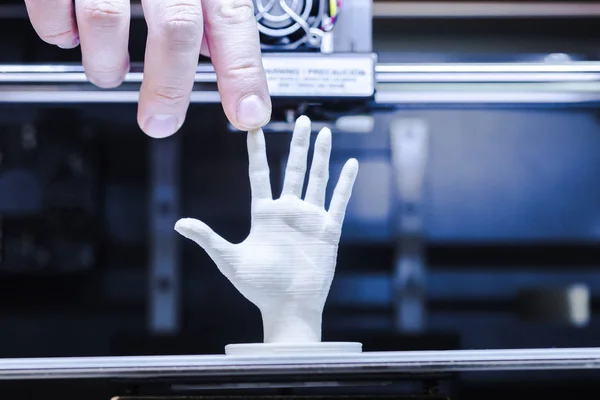
Throughout history, the concept of three-dimensional printing has been closely associated with prototypes, and this association is devoid of convincing reasons because the use of this technology in the production of prototypes has always been one of its most prominent uses. But now three-dimensional printing technologies have developed and their products have expanded, capturing many fields and creating new ones.
Today, the opportunities for functional 3D print technologies are unprecedented in the global market, as they have not become an option but a necessity to promote innovation and growth in many sectors of industry.
Global 3D Printing Market Overview
No one can hide his admiration for the incredible growth of the 3D printing industry, which has been supported by tremendous technological developments and widespread uses in various industries. Even the market is projected to reach $56.21 billion by 2028, with a CAGR of 22.66%, making prospects bright for companies that use 3d printing and innovators from around the world.
The United States, Europe, and China lead this growth, and other countries such as India, Russia, and Brazil have seen high growth rates. On the other hand, all sectors are excited because of the development of materials and technologies in this industry because they play a big role in expanding their business 3d printing ideas. From the manufacture of automotive parts to the bioprinting of human organs, 3D printing has begun a real industrial revolution, with its ability to change the way products are manufactured and improve the quality of life of society. As developments continue, experts expect market growth and more innovation and leadership in the coming years.
Economic Impact of 3D Printing in Saudi Arabia
The launch of Saudi Vision 2030 was a pillar of the Kingdom's participation in the Fourth Industrial Global Revolution, especially as it provides great opportunities to participate in the global industry.
The Kingdom has been keen to keep pace with this industrial revolution by supporting the 3D printing sector and motivating startups to rely on three-dimensional printing technology partially by preparing their prototypes to reduce financial burdens and make adjustments quickly and efficiently, or even specialize in the field for the growth of future demand for it in Saudi Arabia.
Saudi Trends for 3D Printing Technologies
It's impossible to be associated with any tech industry and not hear about all the benefits that functional 3D prints provide. This great popularity deserved it deservedly for the diversity of its applications in many fields and the Kingdom had a clear direction to invest in its technologies across different areas, the largest and most important of which is real estate construction.
Historically, this idea first came up in 1981 when printing specialist Chuck Hall patented the Rapid Prototyping Device.
Now it has become a global trend because it provides solutions that ensure the sustainability of the future of the printing industry, and in practice, this method of construction is much faster than traditional methods, which helps meet the growing demand for housing in Saudi society. The government has invested in this area, starting with owning the largest printer in the world to building projects focused on development such as NEOM.
The first house built using 3D printing technology in cooperation between the Housing and National Industrial Development and Logistics Programs
The second approach is purely medical, which without what we know has had a great impact on our health care, starting with dentistry, which opened the use of 3D printing in the medical field from 2000 to the manufacture of dental molds and fillings. From this point of view, the applications of medical three-dimensional printing have branched over the years to include important medical fields such as: printing vital cells and organics, surgical instruments, surgical models, and patient-specific prostheses that are formulated for each patient individually.
A real lab that uses three-dimensional printing technology to treat dental problems
In a practical direction to solve an eternal problem in the world, three-dimensional printers have created rare spare parts that have saved many factories and operational companies that use 3d printing, by meeting their needs in repairing production lines and industrial equipment in factories to ensure the efficiency of their operations and provide a quick and sustainable solution.
Future Challenges and Opportunities For 3D Printing
In the Kingdom, the field of functional 3D prints faces many challenges, most of which revolve around three pillars:
-
technological developments
-
regulatory frameworks
-
market growth










